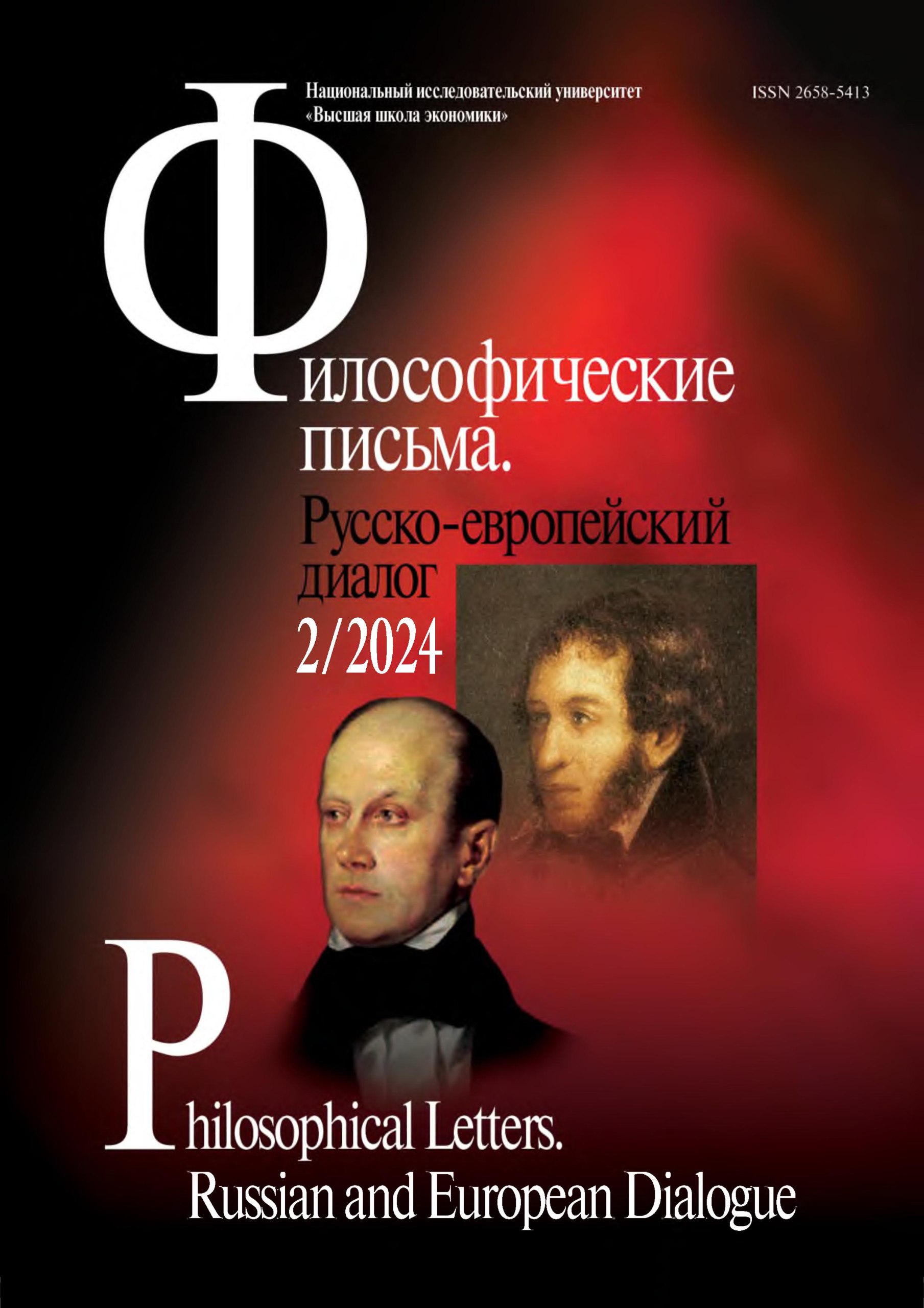Sculptures of Lazar Gadaev: Perception and Creativity
Abstract
The problems of Lazar Gadaev’s ideas in his sculptures, as well as their perception by the viewer, are analyzed. The points of view of L. S. Vygotsky, Rudolf Arnheim and V. P. Zinchenko on the nature of art creation are considered. Vygotsky noted the presence of inconsistency, contradiction between material and form, the resolution of which leads to the embodiment of the author’s idea. The basis of the creative act, according to V. P. Zinchenko, is a thought expressed either in a word, or in an image, or in an action, or in a feeling. For an artist and sculptor, an image is important that embodies an idea, a plan, in other words, the meaning of his work. Arnheim believed that intuitive perception and intellectual analysis are equally involved in the generation of a new, creative act, and in the formation of the meaning of a situation in general, as well as a work of art in particular. The role of perception, image formation, visual thinking, emotions, experiences both in the art creation product and its perception by the viewer is shown.

